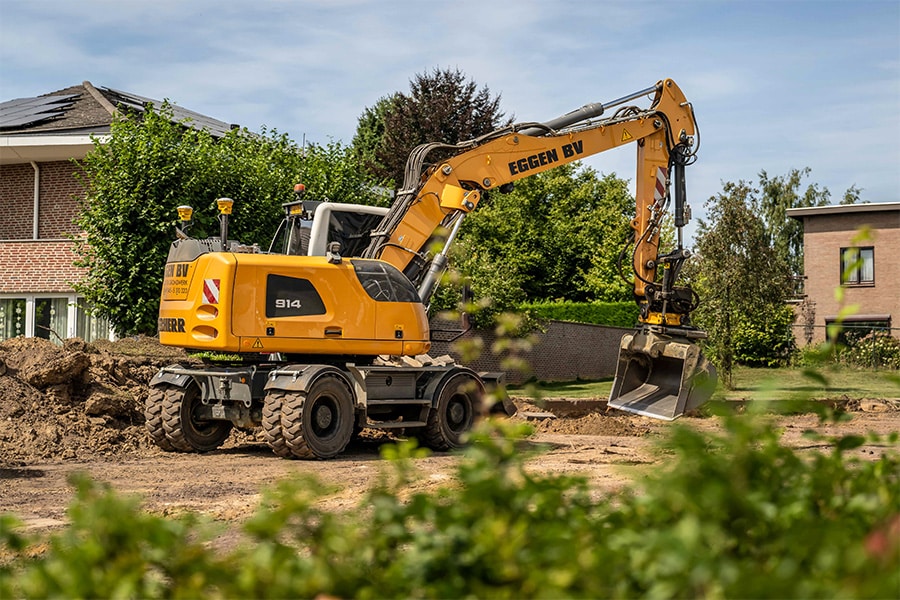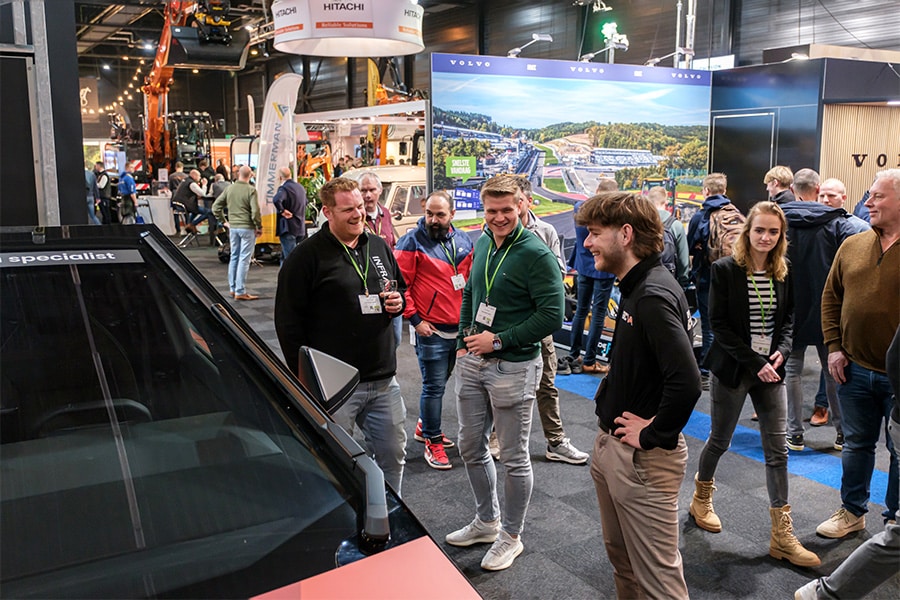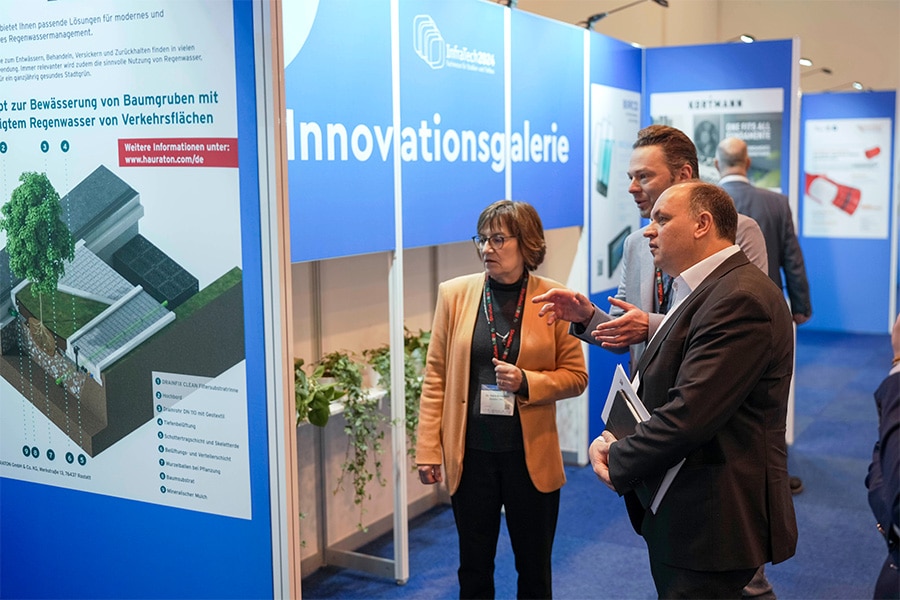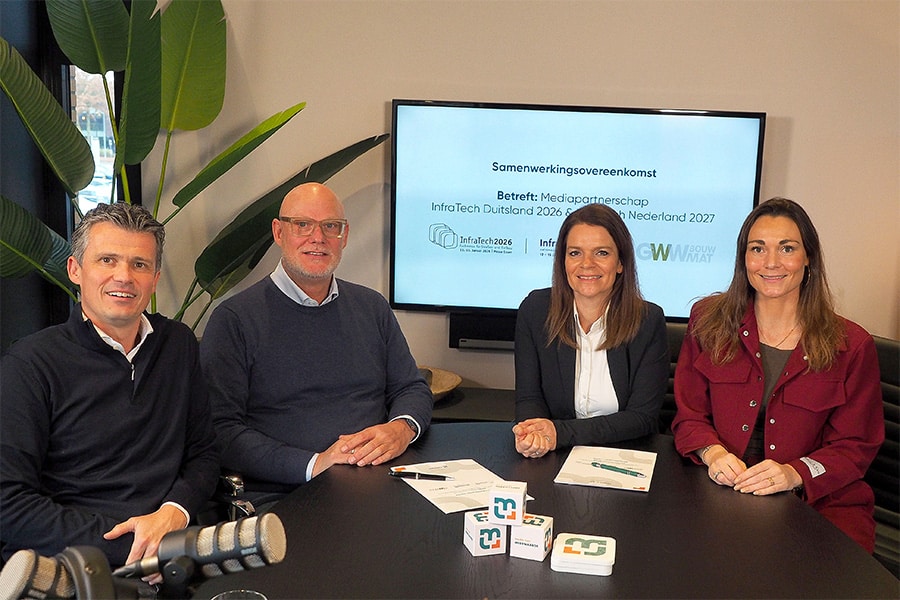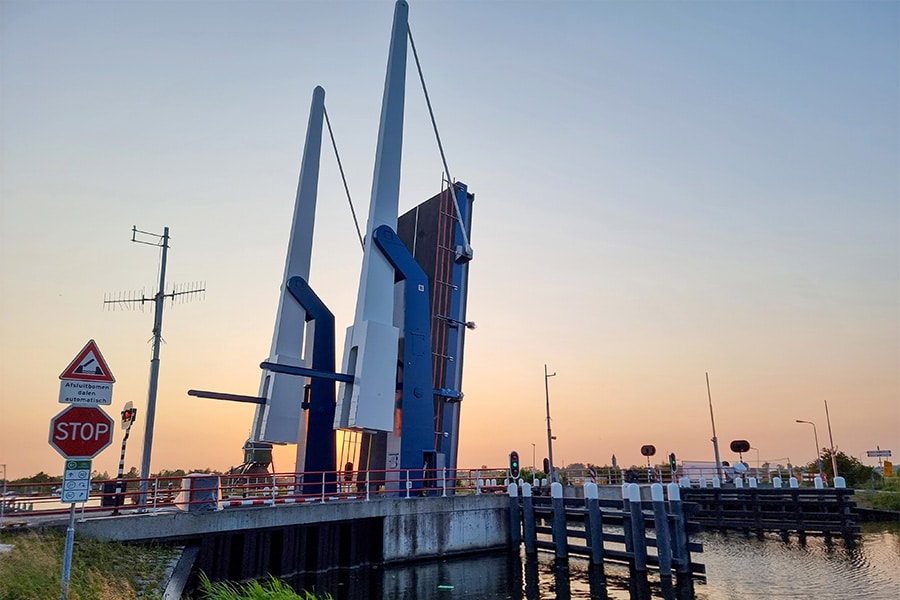
Preservation and maintenance of movable bridges
Realistic computation of motion works
Movable bridges are more complex than fixed structures in terms of maintenance. This is due to the fact that the various components (civil structure, movement and installation) have separate design lifetimes. Replacement is a costly affair, which is why we strive for maintenance wherever possible. From the perspective of ensuring structural safety, we see that if movement structures are simply tested against current standards, they often fail and replacement is just around the corner. Antea Group advocates assessing drive mechanisms in a more realistic manner. Small changes in the drive train, for example, can ensure that motion works can be retained and are constructively safe. The engineering and consultancy firm has the experts for this and can even boast of scientific research.
Assessing the structural safety of movable bridges touches several aspects. "On the one hand, you have a fixed structure, but in addition you have a dynamic component that needs to be assessed," says Jan Roeleveld, project manager at Antea Group. "The prevailing standards are theoretically geared toward fatigue, which means that -simply put- you often calculate the drive system to be broken, while in practice no degradation can yet be observed. Such a consideration goes against one's feelings. That was also the reason why Kodo Sektani, one of our esteemed engineers, started to do scientific research on this. On the basis of his research, in the future an existing movement work can be approached in a more practical and realistic way, where preservation is demonstrably a safe option."
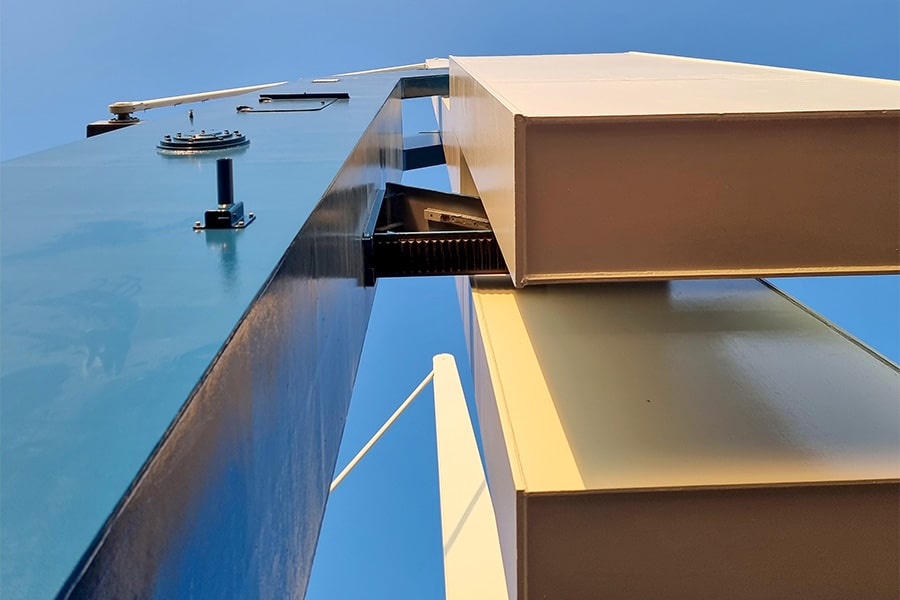
Machinery Directive
It is precisely because of that moving component that movable bridges today also fall under the Machinery Directive, whereas many decades ago they were not designed to do so. "The Machinery Directive was initially conceived for industry and describes safety criteria that machines in an enclosed manufacturing plant must meet," says Sander Jussen, project engineer at Antea Group. "Movable bridges involve 'machines' in a dynamic environment, over which cyclists, pedestrians and cars ride, and ships pass underneath. This means that the interpretation of the Machinery Directive is always customized. We are at home in making an inventory of the risks in order to take measures from there in a pragmatic and cost-effective manner that guarantee the safety of the object."
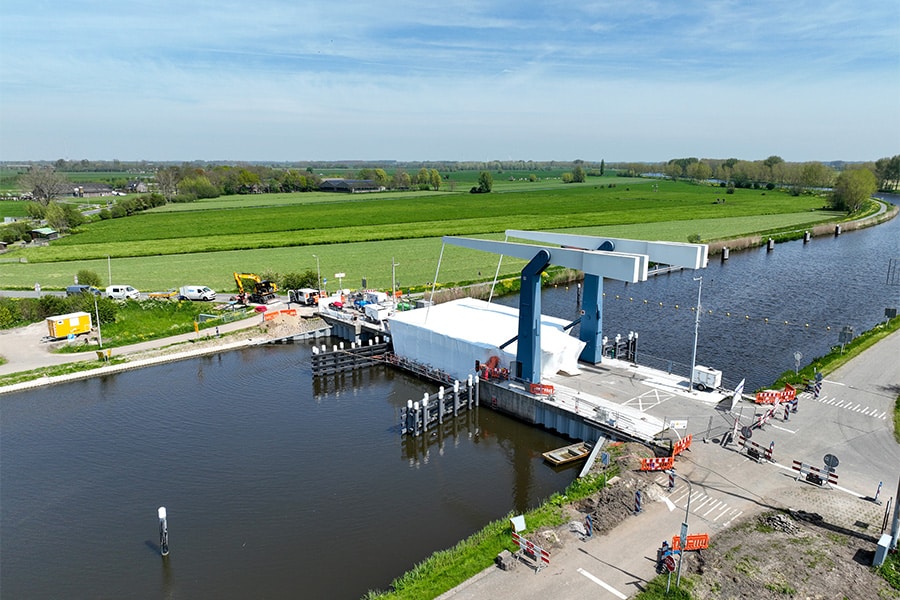
CE mark
New movable bridges are designed and built with CE certification, Jan says. "Because the contractor who builds the bridge is the manufacturer. But for an existing bridge built 50 years ago, it's more difficult. The responsibility for safe operation and mapping lies with the property manager. Antea Group's strength is that we have all disciplines in-house. Not only inspectors, but also civil engineers, mechanical engineers, CE consultants and electrical engineers - in short, people who are skilled at dynamic structures. We know what we are talking about. That way we are able to bring existing movable bridges up to the current state of the art and ensure that they are CE marked."
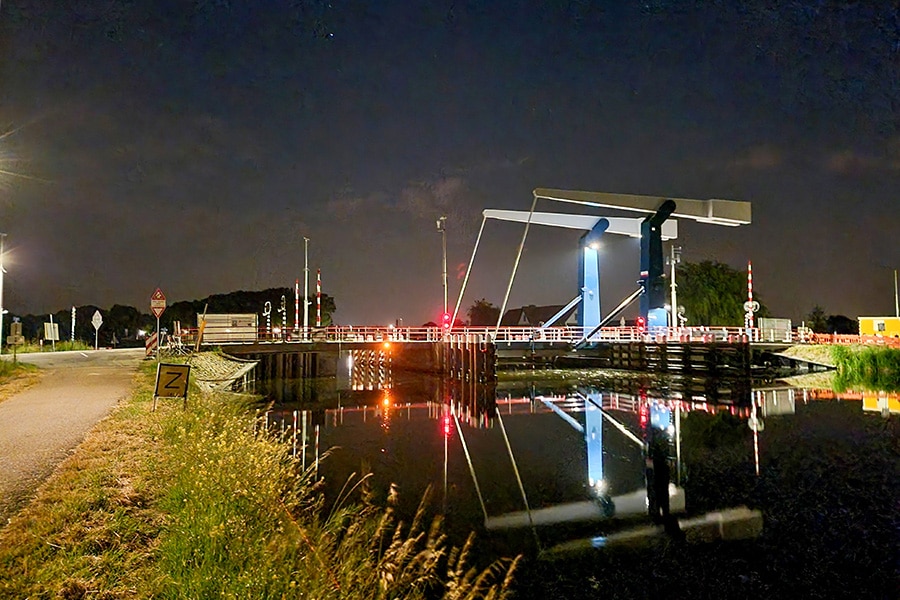
Periodic maintenance of seven bridges Merwede Canal
A current example of such an approach is the periodic maintenance of seven movable bridges in the Merwedekanaal canal, where Antea Group was engaged in a construction team effort by the province of South Holland. "It involves six electromechanically driven bridges and one hydraulically driven bridge. One is a monumental swing bridge from the 19th century; the other structures were built in the 1960s and 1970s. The goal is to upgrade them so that they are CE marked and also maintenance-free for the next 15 years," Sander explains. "Each bridge is customized and is completely renovated in six weeks. Depending on the situation, the motor power is upgraded, the electrical system renewed and the braking system is upgraded to meet the higher safety standard."
"Also at the bridges in the Merwede Canal, we conform all bridges to current standards. By intelligently considering the motion works, we can maintain them in a constructively safe manner. Gearboxes and drive lines are generally large cost items. Not having to renew them saves significantly on social costs. And it is also a much more sustainable choice," Sander rightly states.
Triggered by this topic? Then be sure to listen to our podcast series "the world of movable bridges.
